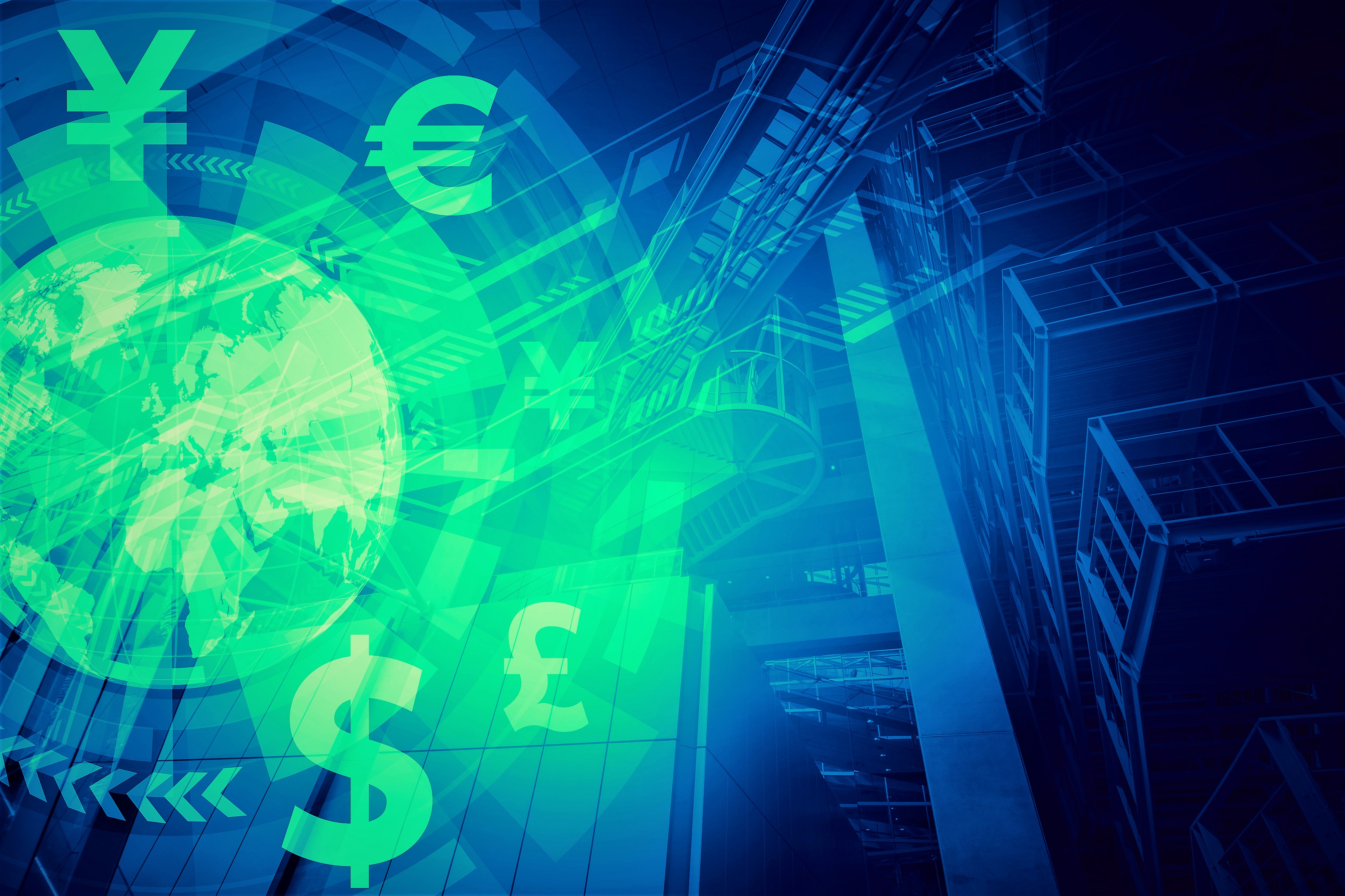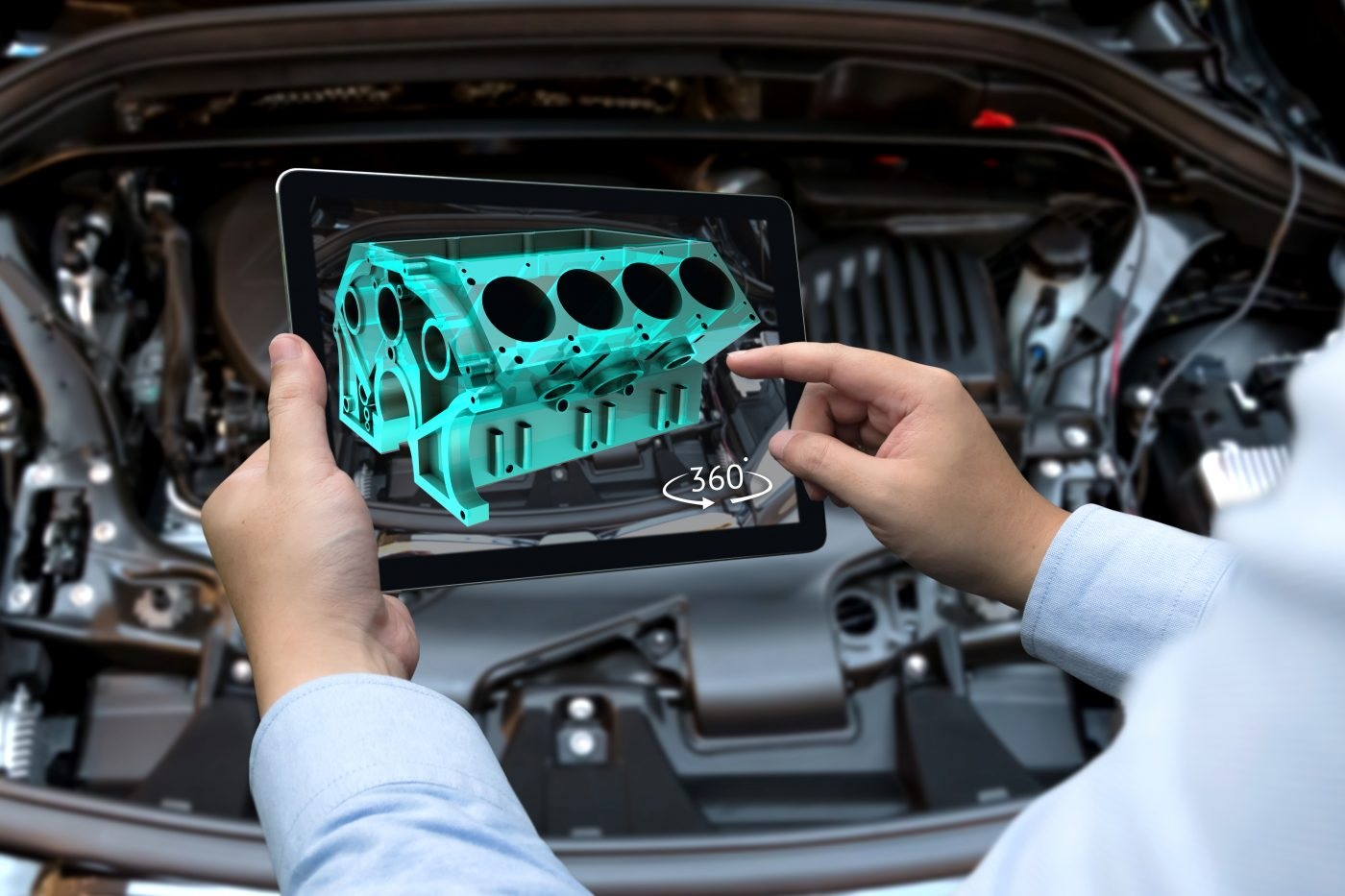Big data is growing as new methods are formed to generate, parse, and combine it with AI and ML. A bulk of data streams from the Internet of Things (IoT) sensors, existing as historical data or produced through artificial intelligence.
With this large volume of data, AI can help the modern industry uses the latest tools and techniques to capture data from these sources and develop a digital twin which acts as a virtual model that is an intelligent counterpart to any physical object. AI has its long history and its continuous changing. To get hands-on AI terminologies, you must have essential to advanced level knowledge about it. You can take an artificial intelligence course, or watch informative videos to acquire this knowledge.
With the evaluation of an object’s status and using various streams of data to study its digital twin in real time, engineers develop insights on the shelf life of a product that further drives optimization and maintenance.
This technology is at the focal point of manufacturing as it involves the comparison of installed physical machines with the predictive behavior in digital twin pre-productive models to optimize functioning.
Healthcare also uses it by developing data-based quality algorithms from a number of criteria to improve diagnosis.
You cannot call a digital twin merely a robot or a turbine that works like your operating machine. Basically, a digital twin is the result of bygone experiences and antecedent data related to your physical machine joined into a digital representation.
Mostly, past experiences decide the structure of a digital twin which can further be used to predict when a certain failure or disaster will occur, and what strategy should be followed to prevent it.

How a Digital Twin Helps You
The digital twin is not a robot that acts like an actual machine you operate regularly. It is the result of all past experiences, and traditional data of your physical machine joined into a digital representation for faster results. The digital twin correlates former data and experiences to predict upcoming disasters events. For example, car owners do not have much knowledge of their tires, brakes, engine, or transmission until you take them to the garage for maintenance. Through a digital twin of your car, you can get a detailed report and recommends maintenance depending upon its usage. Tesla cars are connected to the cloud and receive data from all sensors placed in vehicles. With the help of recorded data, it builds an accurate representation of their cars and predicts for the results of actions they will perform in future. It enables them to go beyond maintenance and make fully automated vehicles.
The right predictions of the banking of the next curve eliminate wrong decisions concerning curve at a given speed with or without traction control. Autopilots can prevent a potential crash by bringing the speed down a notch using the data.
What Role Does Machine Learning play in Digital Twins?
Sometimes simple systems are executed by digital twins without the help of machine learning producing result data. Moreover, no data science is required when variables are limited along with a discoverable linear relation between inputs and outputs.
Usually, a vast majority of target systems equip multiple variables, data streams and need data science experts to understand everything.
Therefore, the role of AI comes into play. Traditional machine learning algorithms can help companies reap the benefits of business intelligence through data modeling. Here machine learning means any computer-enabled algorithm implemented to data body to unveil hidden patterns.
Now, deep learning in reference to image and video processing and text and speech processing can also be integrated into traditional numerical sensor readings as input into models.
Today, manufacturers use video feeds of components to detect defective items and reject them. Likewise, audio inputs of large generators can inform about impending malfunctions faster than traditional sensors.

Machine Learning is responsible for IoT Success
Machine-generated data plays a vital role in improving business outcomes. In different industries such as manufacturing, every equipment accommodates machine to machine connectivity and intelligence. These systems offer higher visibility during equipment operation and improve decision making compared to the pre-connected days.
Additionally, organizations get a comprehensive picture of an entire process as they can visualize all the information from connected equipment. Machine learning is applied to mathematics to sort out mountains of data that has evolved from these pieces of equipment and mine the nuggets of data that drive useful predictive analytics.
Driving reliable results is not as easy as implementing machine learning to a bulk of data. This process is more than that. You need to acknowledge the project from an asset lifecycle perspective before investing money and time in any IoT project. Organizations can even reuse digital models developed by machine learning experts to enable secondary use cases for current business benefit across an asset’s useful life.
Final thoughts:
Developing digital twins gives you a way to describe the existing status of products and processes and dig deeper into big data to generate insights. IoT and AI trigger data streams from any physical object used to develop a virtual counterpart capable of molding, testing and comparing against historical data and make the right twin. Organizations have started investing in digital twin technology not only create a new revenue source but to harness the power of predictive analytics.

